Kulturen
- Tags:
 What to see Lund,
Lund,
Sweden
What to see Lund,
Lund,
Sweden
- Website: https://www.kulturen.com/welcome-kulturens-museums/
Kulturen: the best attraction in Lund
If you’ve read my ‘Scandinavia Diaries (Day 1)’ article, you’ll know that yesterday I spent some time exploring the Swedish university town of Lund. Of the many sights I visited, my favourite by far was Kulturen, one of the world’s oldest open-air museums. Here, we saw about twenty different buildings – some medieval; others built in the early twentieth century – most of which had been moved from their original locations across the country, and set down again on this plot of land. Even the older structures were incredibly well-preserved, and it was hard to believe they’d ever stood anywhere else!
In this article, I’m going to be running through all the different parts of the institution that we saw. I’ll do my best to filter the descriptions, so that they're informative, but don't ruin any surprises, just in case you're tempted to visit this place, yourself!
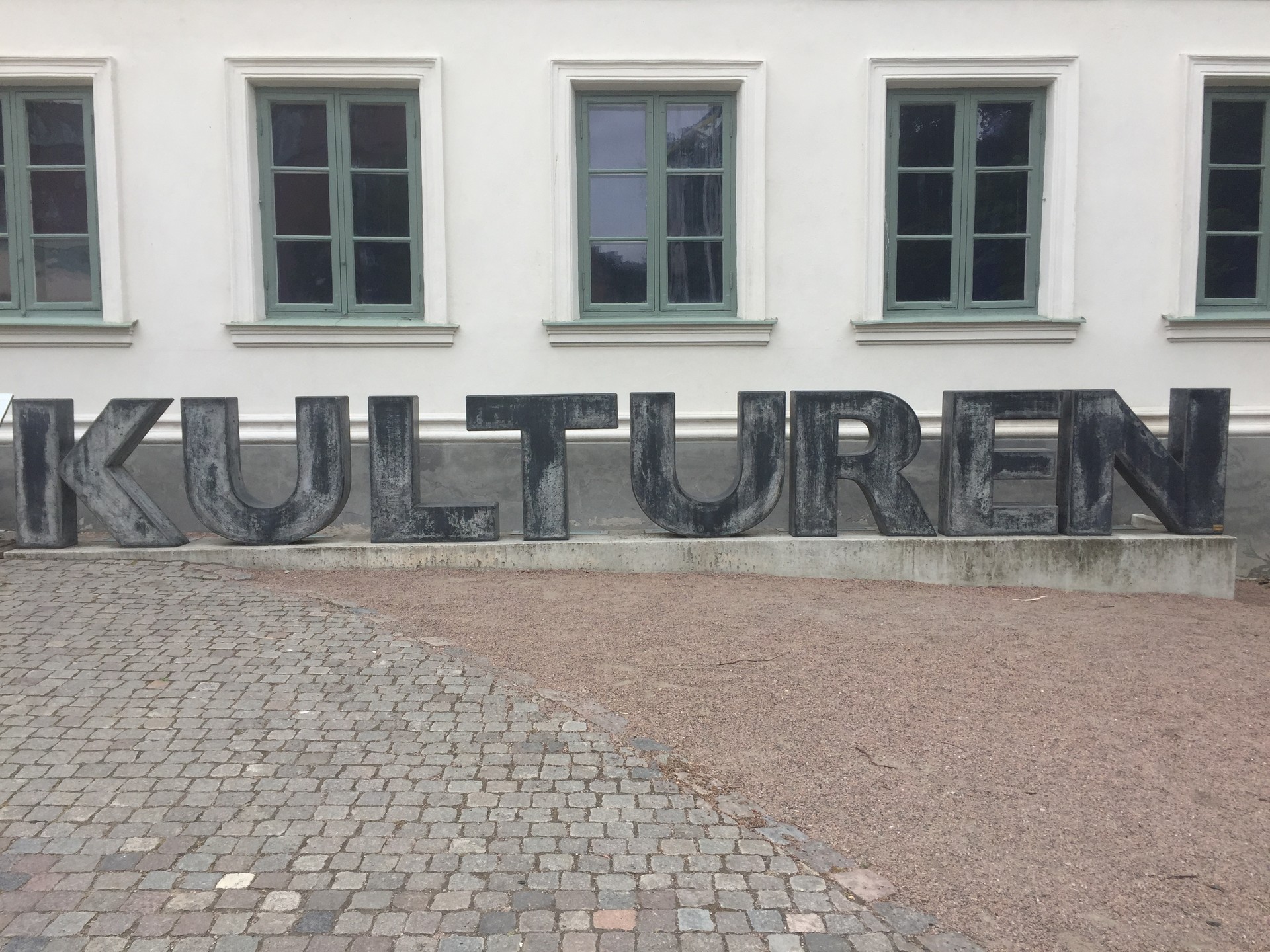
The Textile Hall
Our first stop at Kulturen – once we’d bought our tickets in the museum shop – was the Textile Hall, where we saw a fascinating exhibition on female fashion through the centuries (starting around 1730). On display was everything from baby-grows to ballgowns: some very striking in their colours and patterns; others very traditional with their Scandi fair isle prints.
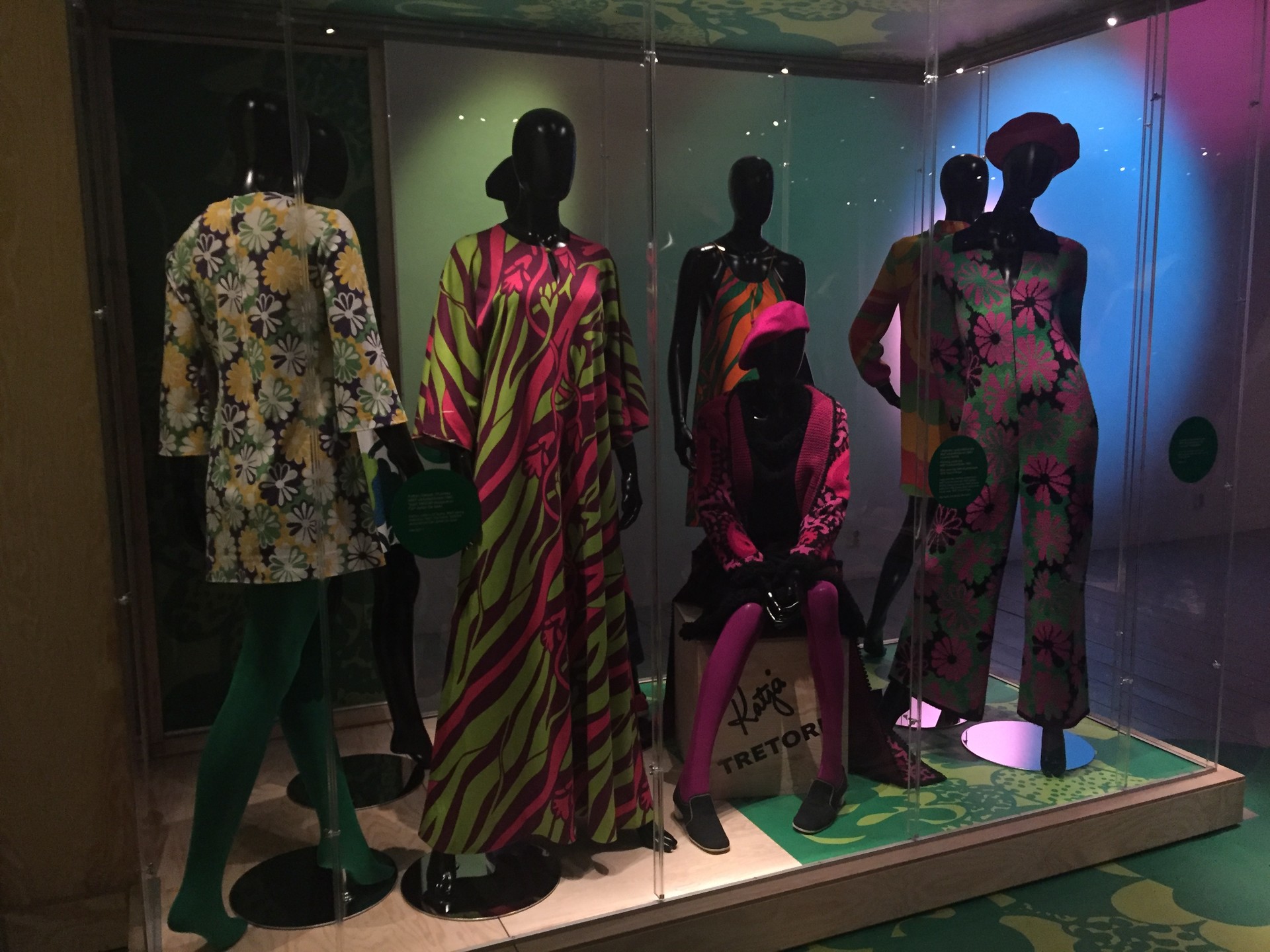
Up one floor, we also got to see some stunning glass ornaments, and in a section underground, we found old armour, fencing costumes, and even a human skull that had been punctured in a sword fight. Also down here were a couple of taxidermised animals, which, for some mysterious reason, were hanging upside down from strings...
The School Garden
Next, we visited an idyllic little garden, which had an impressive array of fruits and vegetables. Next to one of the plots was an adorable insect hotel, complete with pine cones and hay. We couldn’t see any creepy-crawlys inside, but – in my case anyway – that was probably for the best!

The Folklore Hall
A short walk later, and we were standing in front of the Folklore Hall. Inside this long two-storey building, we learned a great deal about the history of Sweden’s fishing and farming industries. The ground floor – which was devoted to the former topic – was full of old boats and nets, and even had a reproduction of an eel fisherman’s cottage in one corner. Walking around the first floor, on the other hand, was like being inside a cosy farmhouse. We even came across some old beds that were all made and ready to be slept in!
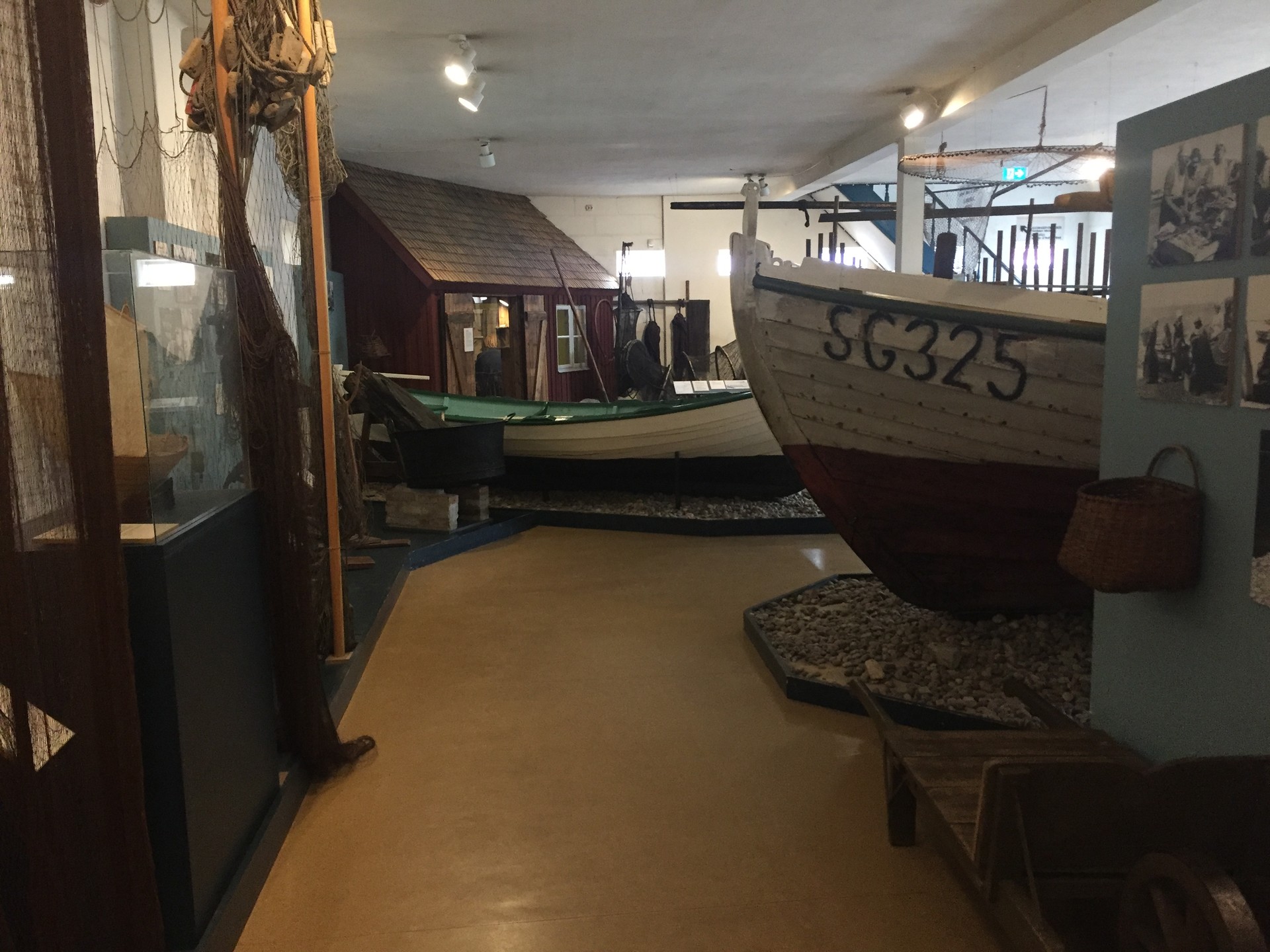
Västra Vrams Vicarage
We then had a quick look inside the Västra Vrams Vicarage: a house that was decorated to resemble the average dwelling of a clergyman and his family in the eighteenth century. Most of the furniture was, of course, replicate, but some of the wallpaper had been stripped from a genuine such house and brought to Lund. My favourite things here were a gorgeous yellow sofa, and a charming green terracotta stove, which turned out to be just the first of many dotted around the museum’s buildings.
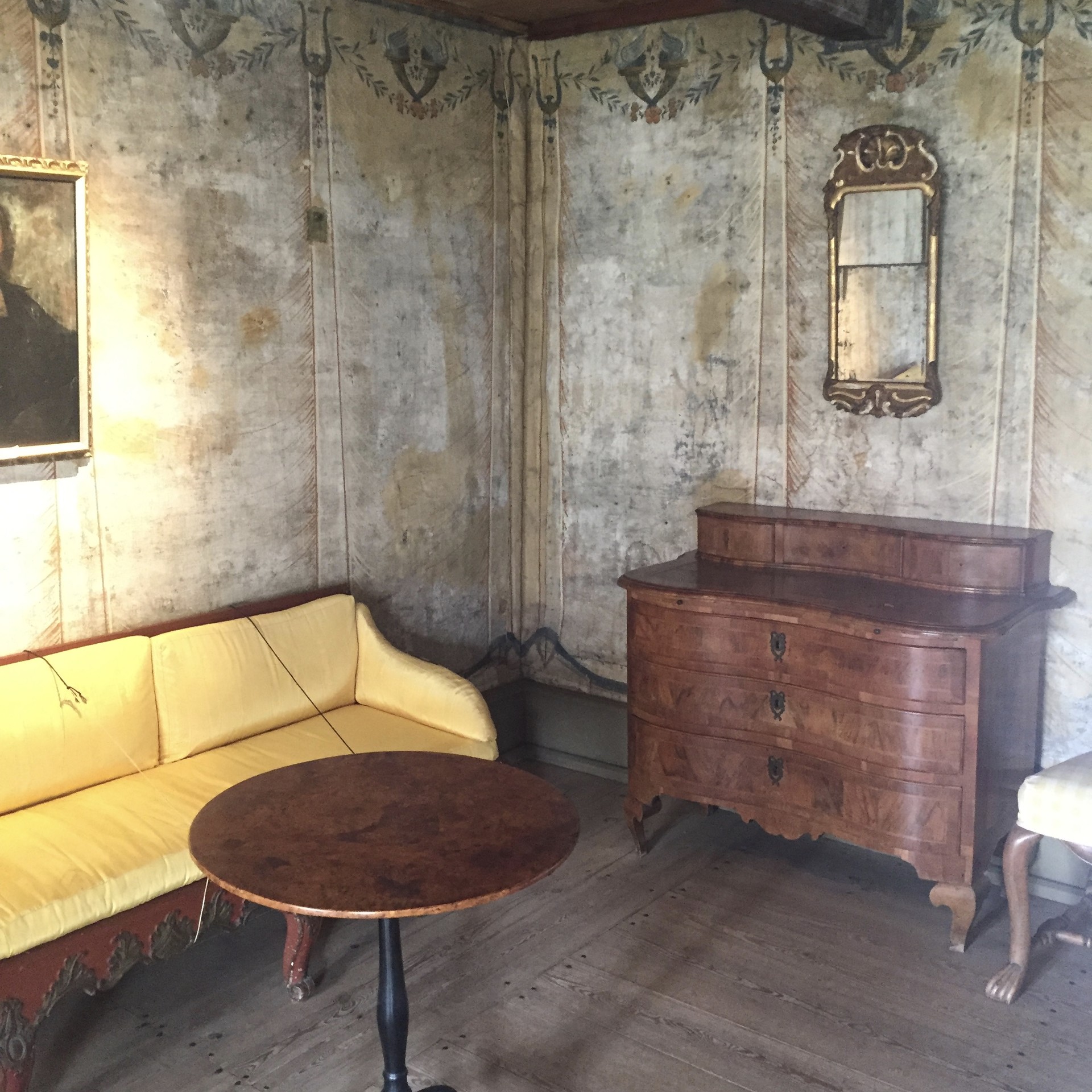
The Deanery
After this, we went through an underpass to the much larger section of the museum across the road. We began our tour of this side in the Deanery, a medieval brick tower. There wasn’t much to see here – besides a few pretty wreaths of flowers, potted plants, and a Lund flag made of cloth – but there were plenty of wooden swords just outside the building for young children to play with.

The Lindfors House
From here, we passed through a herb garden and on towards the Lindfors House: one of the few structures that was originally built where it stands today. Here, we wandered through an exhibition which explained the history of the Sami, a tribe of people in Lapland, who still exist to this day, and who have their own customs and language. We then stopped briefly to see the remains of a twelfth-century church (pictured below), before wandering over to the neighbouring building to see some Swedish folk art.
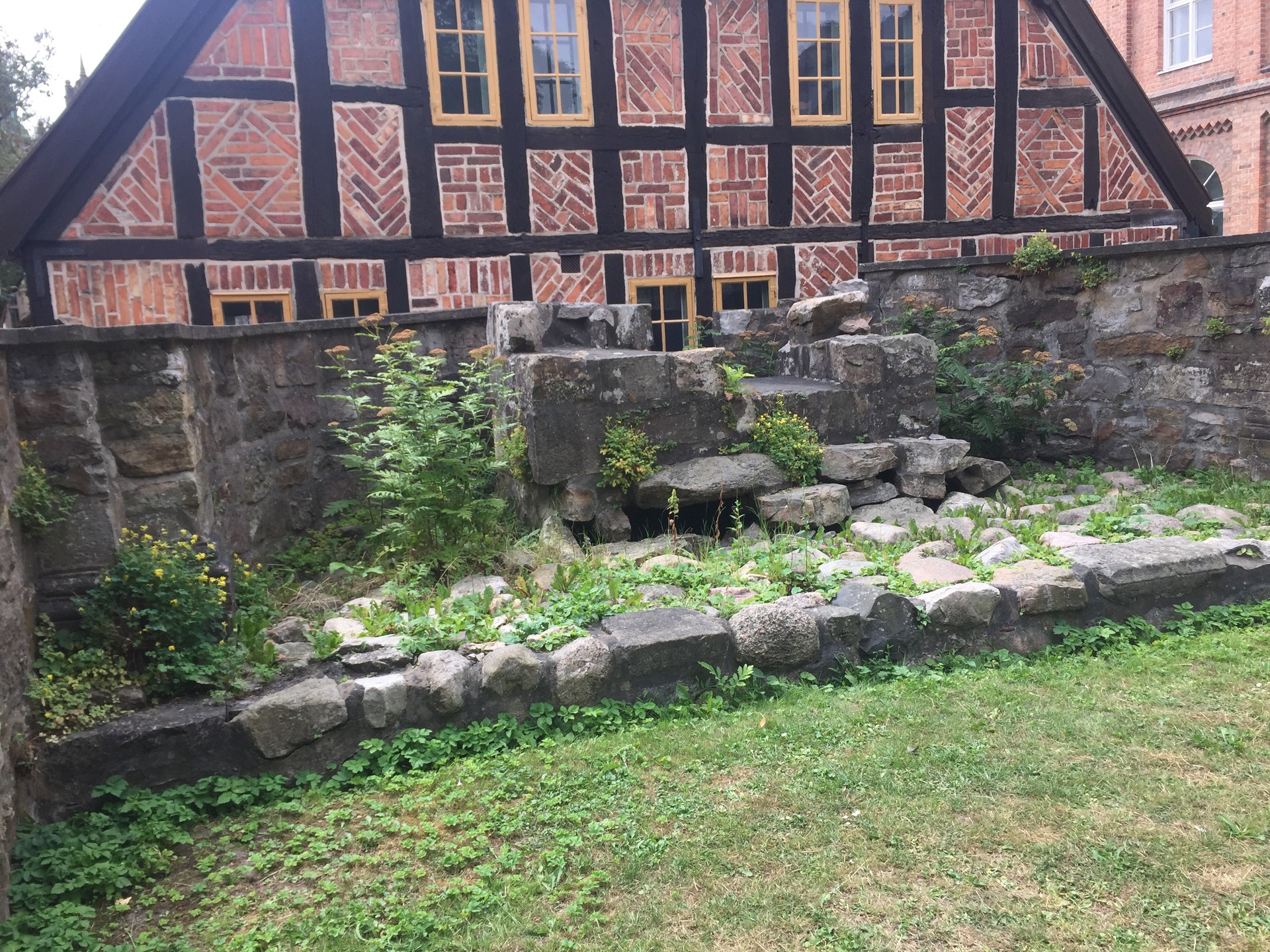
The Ystad House and the Architects’ House
We spent the next half an hour or so admiring a fantastic collection of art that spanned quite a number of buildings (the two in the title are those through which one can enter this establishment). Here, we saw everything from scrap metal chandeliers to painted wooden cabinets, but my favourite exhibit of them all was the Nasoteket: a long line of casted noses, all of which belonged to figures who were connected in some way to the city or its university. As someone who is rather self-conscious about her own nose, I was very pleased to discover that mine is not, in fact, the largest known to mankind!
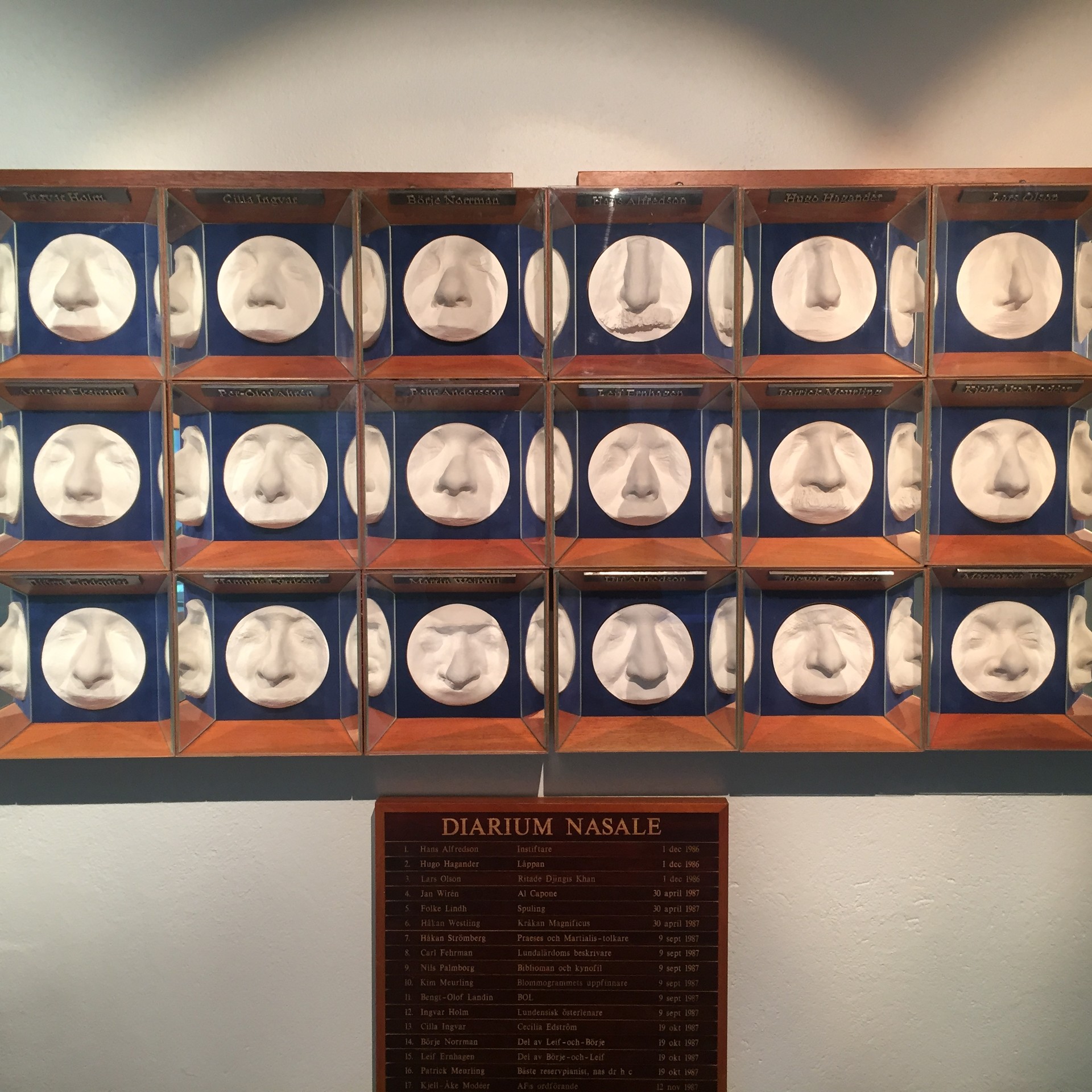
The Thomander House
Next up was the gorgeous Thomander House, which, in the nineteenth century, was home to a professor of botany at the University of Lund. Here we saw quite the collection of terracotta stoves – all painted different colours to match the décor of the rooms in which they were situated – printed wallpapers, and ceiling-to-floor bookshelves. I wonder if the owner managed to get through all those volumes (or perhaps they were all replicas, too).
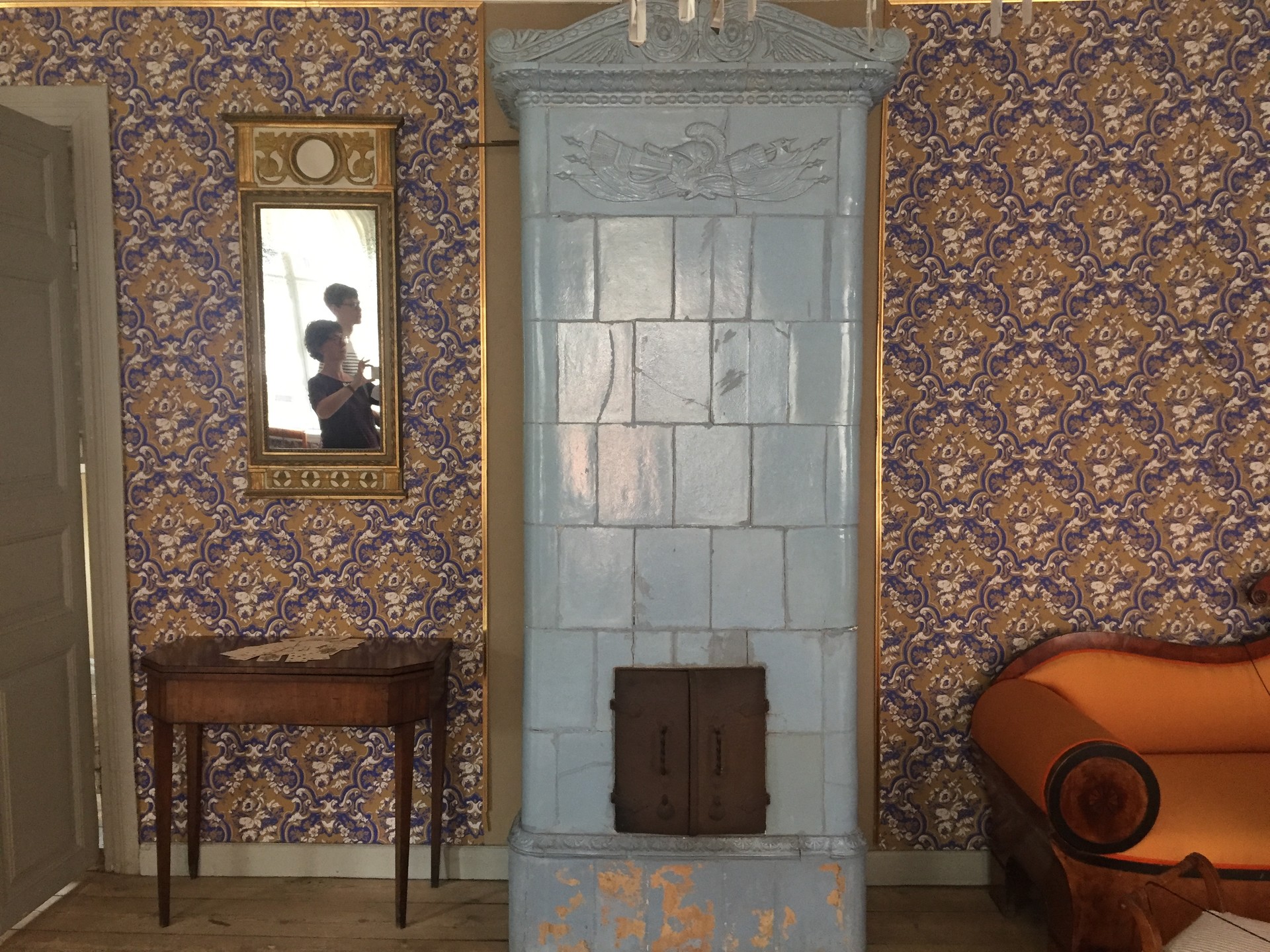
The Worker’s Home
On we went, passing by two houses with grass-covered roofs (we later went inside these, but their ceilings were so low that we didn't stay for long), until we reached the Worker’s Home. This structure was built in the mid-nineteenth century, but today it has been furnished to resemble its 1930s state. We enjoyed wandering from room to room, admiring the tin crockery in the kitchen, and the sweet cross-stitched cloth in the sitting room, which still sat in its embroidery hoop.
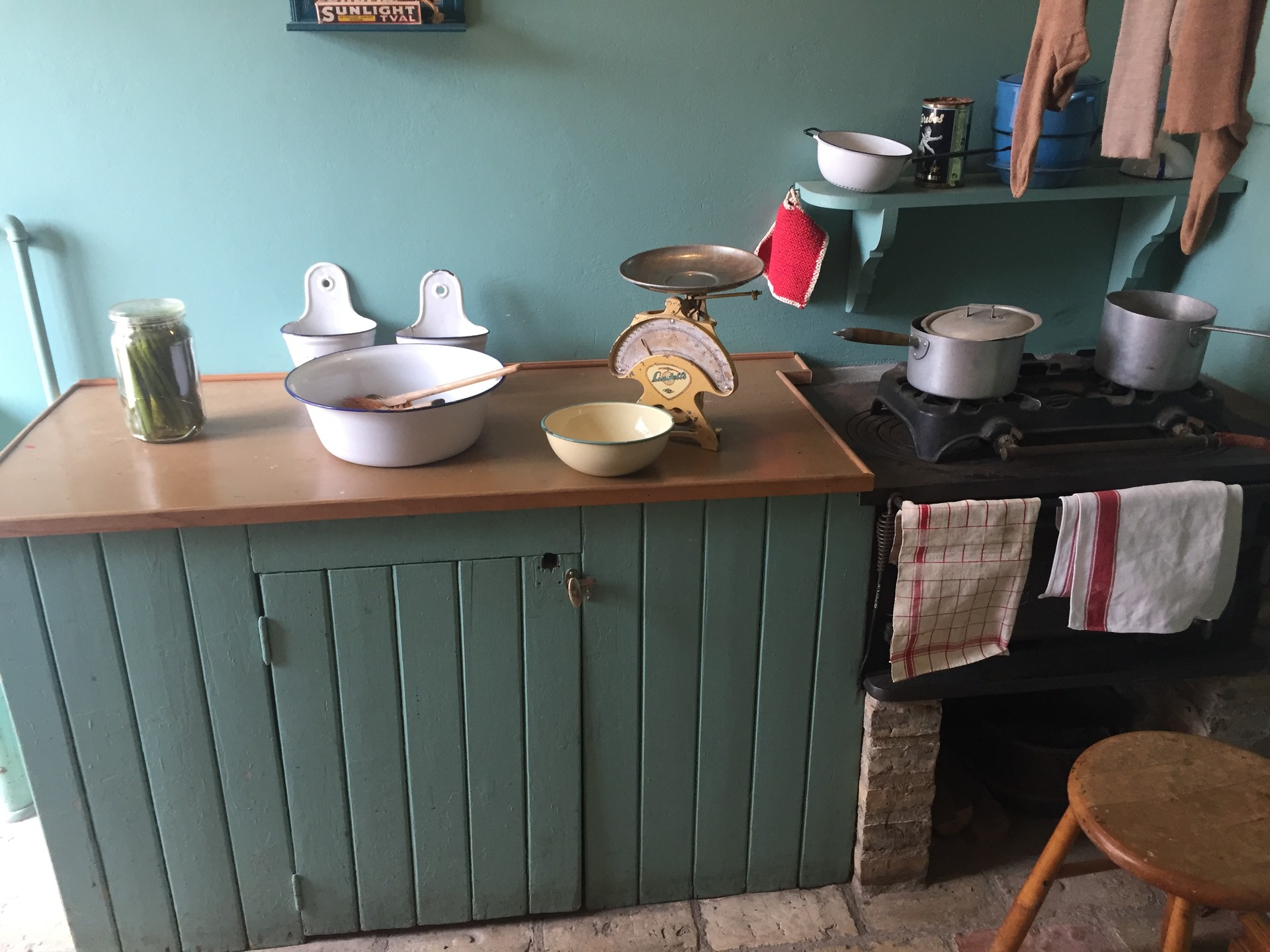
The Bosebo Church
By this time, our stomachs were beginning to rumble – we’d rather foolishly started our tour just after noon – so we rushed past a quaint summer house to see the adorable seventeenth-century Bosebo Church. It was a pretty small building, so we had to wait for it to empty up a bit before we could really appreciate its ornate altarpiece, pulpit, and box pews. The real game-changer here, however, was the loft area – my brother noticed it immediately, since he's an organist – from which we had a fantastic view of the fading ceiling frescoes and the room below. I’d highly recommend sneaking up here if you visit!

The Nobleman’s House
After admiring the old belfry of the church, which stood on stilts just next to it, we moved on to the final building of the museum: the Nobleman’s House. This central orange building was home to an extensive collection of china – I particularly liked the reptile-themed dish pictured below – and was by far the grandest structure of them all. We finished our visit with a quick lap of the lake just outside it, and then off we went to satisfy our empty stomachs!

Visit Kulturen today!
If you’re staying in the Skåne County, and are looking to find out more about Sweden’s history and culture, there’s no better museum to visit than Kulturen. You’ll be mesmerised by all the different houses and exhibitions, and will likely find it difficult to tear yourself away from the complex at the end of your tour. Good news, though: if you can’t get enough of this place, you can actually come back later in the day, and use the same ticket. Have a fantastic trip down memory lane, if you do end up going, and be sure to check out my last article to discover other great attractions in Lund!

Photo gallery
Content available in other languages
- Español: Kulturen: la mejor atracción de Lund
Rate and comment about this place!
Do you know Kulturen? Share your opinion about this place.

































